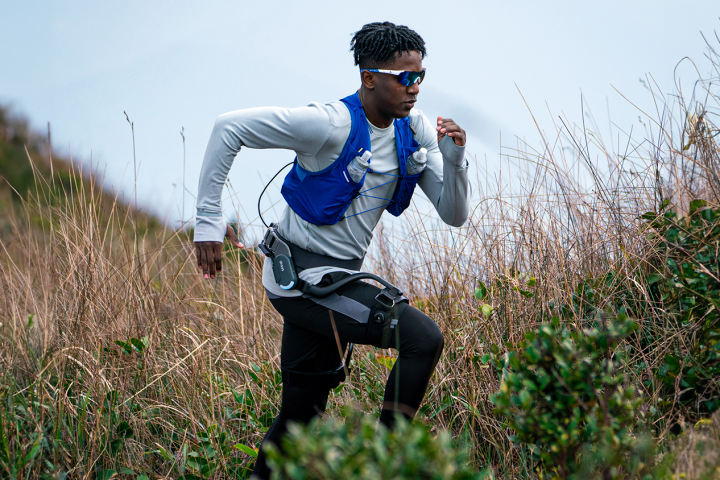Affecting approximately 1 in 5,000 boys, Duchenne muscular dystrophy causes the victim's muscles to shrink throughout their lifetime, often to the point that the arms and legs can't be used at all. That's why the european Stichting Flextension (Flextension Foundation) started up the A-Gear project four years ago. The multi-partner effort is designing two arm-worn exoskeletons, intended to help Duchenne patients retain the use of their arms.
The first of the two devices, intended for use by people who can still move their arms a bit on their own, is a passive system. That means it contains no power source or motors of its own, instead using purely mechanical systems to augment the user's own arm movements.

The second model, designed for users who are farther along in the disease, is powered by motors. Those motors are in turn activated by electrical muscle signals (meaning that the user just has to twitch a muscle), or by very minimal arm movements. In lab tests, users who had previously lacked the use of their arms for three to five years were able to complete a series of tasks, which required them to use their arms.
Despite the somewhat bulky look of the prototypes in the accompanying photographs, both exoskeletons are ultimately intended to be worn under the clothing.
More information is available in the following video.
Source: University of Twente





